calsfoundation@cals.org
Monte Ne (Benton County)
Monte Ne (Benton County) was a resort town founded by William H. “Coin” Harvey in 1900. It had the world’s largest log hotels, designed by architect A. O. Clark, and attracted visitors from across the country for more than two decades. It was the site of Harvey’s nomination to the Liberty Party’s 1932 presidential ticket and the location for his planned monument to the future. It was added to the National Register of Historic Places in 1978.
Located five miles southeast of Rogers (Benton County), Monte Ne began as the community of Silver Springs. Betty Blake Rogers, financial advisor and spouse to entertainer Will Rogers, was born here in 1879. Harvey, who had worked all over the country as a lawyer, silver miner, and promoter, bought 320 acres in 1900, renamed the town Monte Ne (meaning “mountain water”), and began to build his resort. It eventually included three hotels, a bank, a golf course, an enclosed swimming pool, and a five-mile connecting railroad. Monte Ne was a popular destination from the 1900s to the early 1920s.
By 1920, faced with declining interest in the resort and convinced that the fall of civilization was near, Harvey announced plans for the erection of a large pyramid to preserve a message for future generations. But construction of the pyramid’s amphitheater exhausted funds; the pyramid was never completed. Founded in 1923 and run by sisters Iris and Helen Armstrong, Camp Joyzelle was a popular summer destination for girls. Many camp programs were given at Harvey’s amphitheater. In 1927, much of the resort was foreclosed, and the buildings were used for the Ozark Industrial College and School of Theology until it closed in 1932.
In 1931, the Liberty Party held its national convention at the amphitheater and nominated Harvey as the party’s presidential candidate. He finished sixth, garnering fewer than 54,000 votes. Harvey died at Monte Ne in 1936 and was buried there in a concrete vault. The last of the land and water rights to the area were sold off by 1948.
In the 1960s, Beaver Dam was built, and Beaver Lake eventually enveloped most of the resort; a few remains are still visible, including parts of two hotels and Harvey’s tomb. Parts of the amphitheater can only be seen at extremely low lake levels. Today, Monte Ne includes a church, a restaurant, and a lakeside launch. In 2023, due to a persistent threat to safety, the U.S. Army Corps of Engineers began removing the Oklahoma Row section of Monte Ne, which encompassed one of the original hotels and a tower.
For additional information:
Black, J. Dickson. Coin Harvey and His Monte Ne. Bentonville, AR: 1988.
Crowder, Nathan. “Sunken Dreams: William ‘Coin’ Harvey and Monte Ne, Arkansas.” MA thesis, University of Arkansas, 2009.
Harton, Greg. “Vison of Lakeside Shrine Shared by Eccentric’s Kin.” Arkansas Democrat-Gazette, December 7, 1997, pp. 1A, 10A.
Lord, Allyn. Historic Monte Ne. Charleston, SC: Arcadia Publishing, 2006.
Paschal, Olivia. “The Coin Standard: On the Failed Dreams and Forgotten Ruins of William Hope Harvey.” Lapham’s Quarterly, December 15, 2021. https://www.laphamsquarterly.org/roundtable/coin-standard (accessed July 6, 2023).
Robinson, Kat. “The Ruins of Monte Ne.” Arkansas Wild, January/February 2011, pp. 24–25, 28–30, 32.
Snelling, Lois. Coin Harvey, Prophet of Monte Ne. Point Lookout, MO: School of the Ozarks Press, 1973.
Allyn Lord
Shiloh Museum of Ozark History
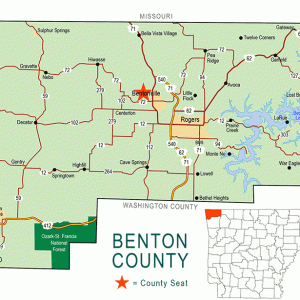
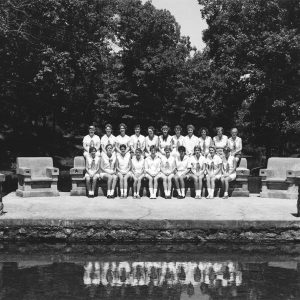
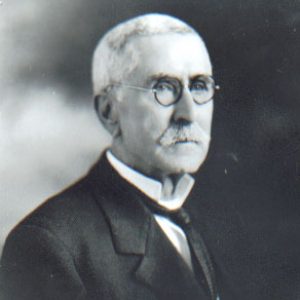
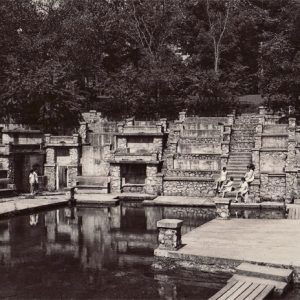
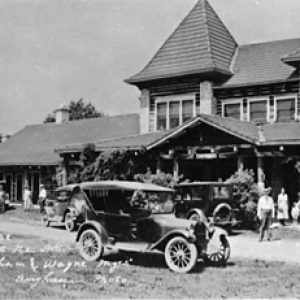
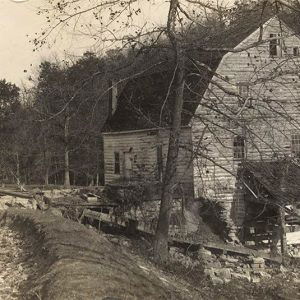
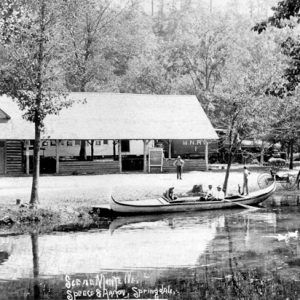
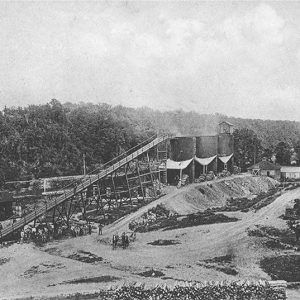
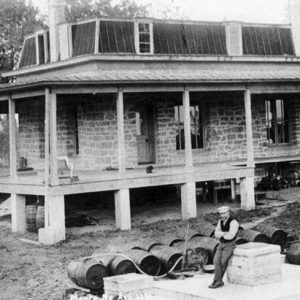




In November of 1995, I visited Monte Ne as a Paranormal Investigator Hobbyist. Up to that point I had experienced poltergeismic activity, captured several EVPs (Electronic Voice Phenomenon), and witnessed visual apparitions on rare occasions. However, I had never encountered something as profound as I did at Monte Ne. I hesitate to go into details in this forum. I will say that it was a deciding factor for me to find a different hobby. Nonetheless, it saddens me to hear that Oklahoma Row is being removed.